"Information literacy equips students with the critical skills necessary to become independent lifelong learners. PBS LearningMedia provides resources that address information literacy skills underlying the basic tenets of Common Core State Standards."
Get Started for FREE
Sign up with Facebook Sign up with X
I don't have a Facebook or a X account
 Your new post is loading... Your new post is loading...
 Your new post is loading... Your new post is loading...
Kathy Lynch's curator insight,
March 8, 2015 12:44 PM
Thx Beth Dichter! Great skills building via content-based articles that center on hot topics in the news related to science concepts (and others).

Charles Fischer's curator insight,
February 11, 2015 7:56 AM
A few great ideas for critical thinking. I particularly liked the activity called "telephone" (not the listening game). Teachers can use all the strategies they can to help their students think better!

David Baker's curator insight,
February 17, 2015 10:54 AM
The power of the Infographic is that it references both teacher and student actions and habits. I have shared it with my teachers. This might become a solid self-assessment tool for coaching conversations with teachers. 
Kristen McDaniel's curator insight,
April 3, 2015 12:05 PM
Interesting graphic with some great ideas on interpreting 21st century skills as they pertain to teaching

Raquel Oliveira's curator insight,
September 23, 2014 7:21 PM
Aprendizagem requer mudanças no cérebro. Uma conversa interessante sobre pensamento critico.
Nancy Jones's curator insight,
March 18, 2014 2:52 PM
Risk taking and questioning have always been learning skillls. It just seems that students, and possibly their parents, aren't willing to acknowledge them as the best way to learn. The whole idea of thinking critically and making a "best guess' seem to be unacceptable to some folks. What does that say about the whole quality/gift of wonder?

María Dolores Díaz Noguera's curator insight,
March 18, 2014 8:35 AM
Critical Thinking: Educating Competent Citizens 
Susan Walker-Meere's curator insight,
November 9, 2014 12:49 PM
I would add: Trans-disciplinary thinking; systems thinking for sustainability. Most people can not see the forest through the trees so miss the larger connections of the impacts that action, goods & services have on both environmental systems and human systems. 
Willem Kuypers's curator insight,
November 16, 2014 3:48 PM
La pensée critique, une competence clé du 21ème siècle avec tant d'information qui nous arrive.

Audrey's curator insight,
November 29, 2013 2:26 PM
These skills make a lot of sense and all tend to be included in education, right now. In addition to learning the standard topics, most educational establishments incude socio-cultural, moral and practical lessons for students to be able to cope with life in the 21st century.
audrey@homeschoolsource for http://www.homeschoolsource.co.uk |

SMARTERTEACHER's curator insight,
March 19, 2015 1:29 PM
Because student questions and curiosity should drive the learning. @ramusallam

Matthew M.'s curator insight,
March 4, 2015 12:32 AM
This post relates to the readings because it talks about the way critical thinking is important to acquiring knowledge and how technology affects our learning. One of the significant aims of education is to produce learners who are well informed, that is to say, learners should understand ideas that are important, useful, beautiful and powerful. Another is to create learners who have the appetite the appetite to think analytically and critically, to use what they know to enhance their own lives and also to contribute to their society, culture and civilization.

Gust MEES's curator insight,
February 8, 2015 7:03 AM
Big idea: Teaching kids to ask smart questions on their own A four-year-old asks on average about 400 questions per day, and an adult hardly asks any. Our school system is structured around rewards for regurgitating the right answer, and not asking smart questions – in fact, it discourages asking questions. With the result that as we grow older, we stop asking questions. Yet asking good questions is essential to find and develop solutions, and an important skill in innovation, strategy, and leadership. So why do we stop asking questions – and more importantly, why don’t we train each other, and our future leaders, to ask the right questions starting from early on?"
Learn more: - http://www.scoop.it/t/21st-century-learning-and-teaching?tag=Critical-Thinking
Jewelelelel's curator insight,
February 8, 2015 7:56 AM
I agree with the fact that recently,students have been 'trained' to give the correct and not ask smart questions.In school ,teachers usually ask us questions and if we answer that correctly, we get praised.For subjects sciences and humanities require a lot of questioning and thinking in order to understand and to learn more quickly.In my opinion, i think that teachers should give students a chance to ask questions that they have and not go through a topic blindly.If the students is shy to ask, the teacher could create a website so that the whole class can ask questions whenever they feel like and both the teachers and students themselves can answer the questions.This would enable the student to think out of the box to ask and answer questions by themselves

Siphiwe Kubeka's curator insight,
May 22, 2014 8:06 AM
Technology has made education to be much easier and more interesting in information literacy

Carol Thomson's curator insight,
April 6, 2014 3:35 PM
Have been looking for something i can use with students that they understand and dont panic about.

niftyjock's curator insight,
January 19, 2014 7:12 PM
I often get very bored with infographics, but these techniques will help me not only read them better but have a go at c reating my own 
Greenwich Connect's curator insight,
January 20, 2014 7:28 AM
Slightly overblown tone, presumably to help what is a useful overview of infographics sound more "academic" - read between the lines for what students should think through and how they should approach their own infographic production 
Kerri Schaub's curator insight,
January 20, 2014 8:10 AM
Visualizing is a powerful multisensory technique. |



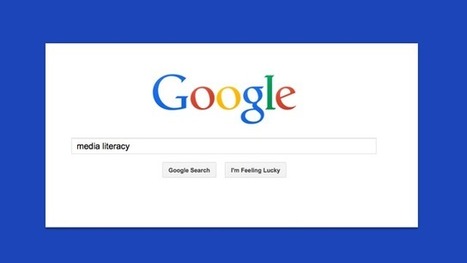


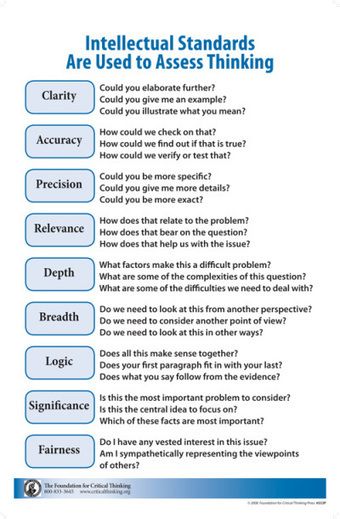
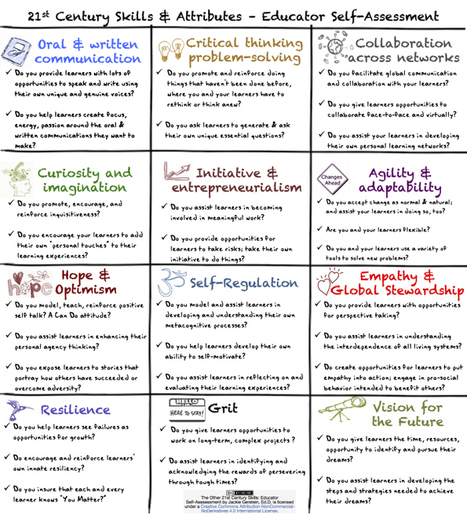
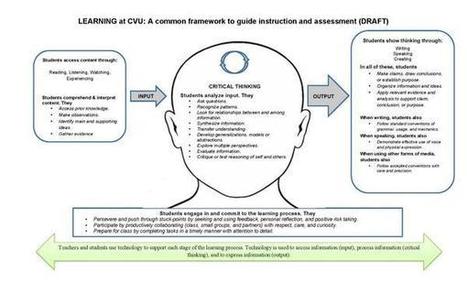
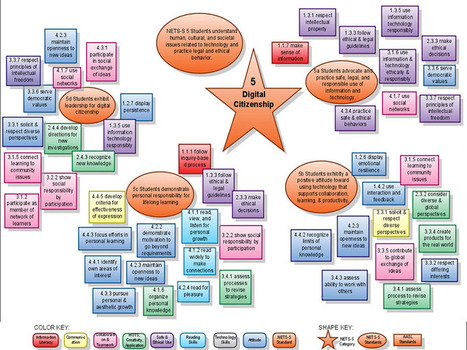


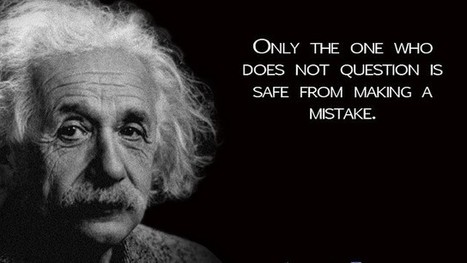
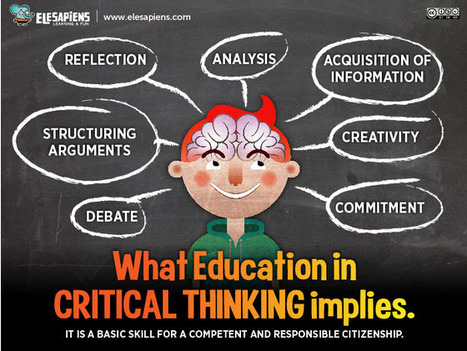
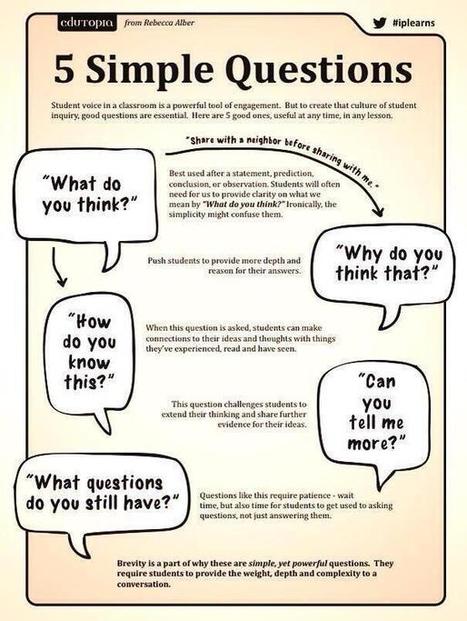
![Top 10 Skills for the 21st Century Young Professional [Infographic] | Eclectic Technology | Scoop.it](https://img.scoop.it/z5P_zLpU88v4IZDB1kUQxjl72eJkfbmt4t8yenImKBVvK0kTmF0xjctABnaLJIm9)
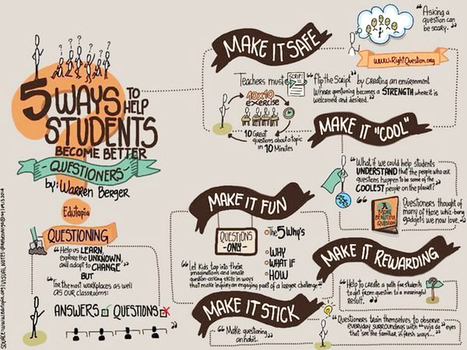
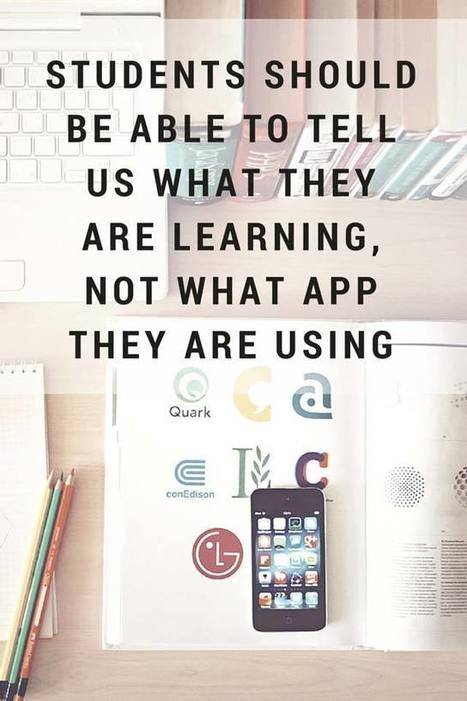
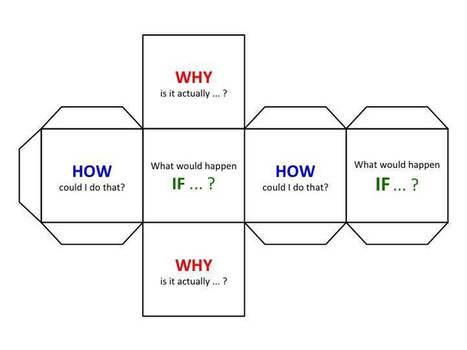
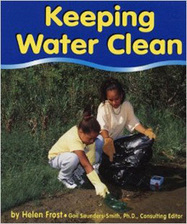



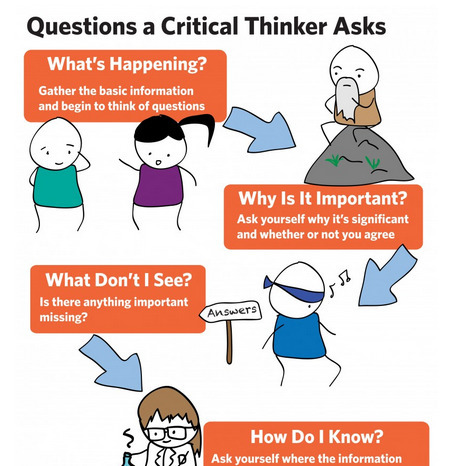
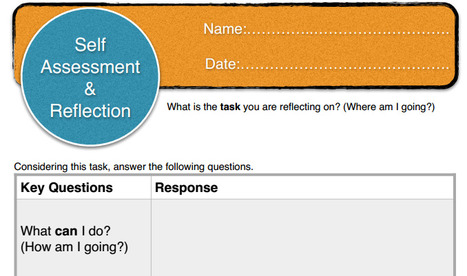

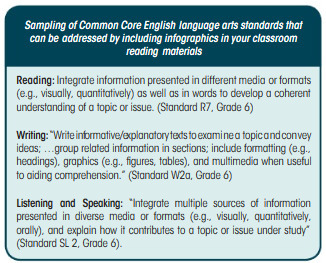
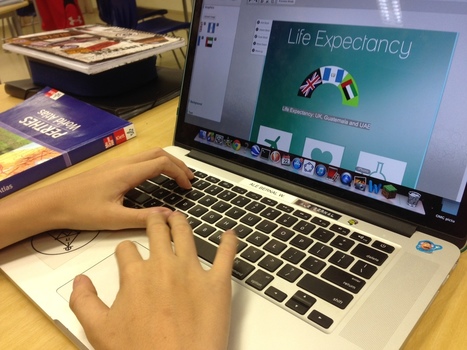





PBS LearningMedia is continuing to add resources and lessons to their website. This post shares five resources that help teach information literacy, with a focus on gathering, evaluating and analyzing. The five resources are listed below with brief explanations. For more information click through to the post.
Gathering Information
* Exploring Social Media with #Hashtags - for students Grade 6 - 13+
Evaluating Information
* ARTHUR'S Guide to Media Literacy - for students PreK - 4
* Evaluating the Validity of Information - Did the Chinese Discover America in 1421? Grades 6 - 8
Analyzing Information
* Analyzing Information - Can Pigs be Pets - Grades 3 - 5
* Media Arts: How to be a Critical Viewer - Grades 6 - 13+
You will need to create a free account if you do not already have one to access all their materials.